
A department store is a retail establishment offering a wide range of consumer goods in different areas of the store, each area ("department") specializing in a product category. In modern major cities, the department store made a dramatic appearance in the middle of the 19th century, and permanently reshaped shopping habits, and the definition of service and luxury. Similar developments were under way in London, in Paris and in New York City (Stewart's).

The 13th arrondissement of Paris is one of the 20 arrondissements of Paris. In spoken French, the arrondissement is referred to as le treizième.

In marketing, a coupon is a ticket or document that can be redeemed for a financial discount or rebate when purchasing a product.

A scrip is any substitute for legal tender. It is often a form of credit. Scrips have been created and used for a variety of reasons, including exploitative payment of employees under truck systems; or for use in local commerce at times when regular currency was unavailable, for example in remote coal towns, military bases, ships on long voyages, or occupied countries in wartime. Besides company scrip, other forms of scrip include land scrip, vouchers, token coins such as subway tokens, IOUs, arcade tokens and tickets, and points on some credit cards.
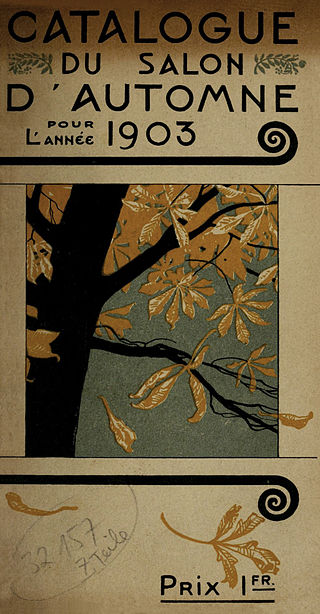
The Salon d'Automne, or Société du Salon d'automne, is an art exhibition held annually in Paris. Since 2011, it is held on the Champs-Élysées, between the Grand Palais and the Petit Palais, in mid-October. The first Salon d'Automne was created in 1903 by Frantz Jourdain, with Hector Guimard, George Desvallières, Eugène Carrière, Félix Vallotton, Édouard Vuillard, Eugène Chigot and Maison Jansen.

La Samaritaine is a large department store in Paris owned by LVMH. It is located in the first arrondissement; the nearest métro station is Pont-Neuf, directly in front at the quai du Louvre and the rue de la Monnaie. The company was owned by Ernest Cognacq and Marie-Louise Jaÿ who hired architect Frantz Jourdain to expand their original store, starting as a small apparel shop and over time expanding into an ensemble of department store buildings with a total of 90 different departments. It has been a member of the International Association of Department Stores from 1985 to 1992.

The Hôtel de Ville is the city hall of Paris, France, standing on the Place de l'Hôtel-de-Ville – Esplanade de la Libération in the 4th arrondissement. The south wing was originally constructed by Francis I beginning in 1535 until 1551. The north wing was built by Henry IV and Louis XIII between 1605 and 1628. It was burned by the Paris Commune, along with all the city archives that it contained, during the Semaine Sanglante, the Commune's final days, in May 1871. The outside was rebuilt following the original design, but larger, between 1874 and 1882, while the inside was considerably modified. It has been the headquarters of the municipality of Paris since 1357. It serves multiple functions, housing the local government council, since 1977 the Mayors of Paris and their cabinets, and also serves as a venue for large receptions.

Fnac is a French multinational retail chain specializing in the sale of entertainment media and consumer electronics.
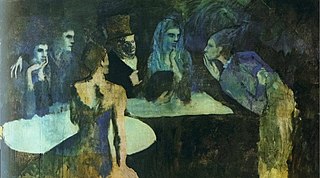
Les Noces de Pierrette is a 1905 painting by the Spanish artist and sculptor Pablo Picasso. While belonging chronologically to Picasso's Rose Period, it is artistically characteristic of the Blue Period, when the artist faced poverty and depression following the suicide of his friend Carlos Casagemas in 1901.

Federal Employees' Distributing Company, known as Fedco, was a membership department store chain that operated in Southern California from 1948 to 1999.

Henri Sauvage was a French architect and designer in the early 20th century. He was one of the most important architects in the French Art Nouveau movement, Art Deco, and the beginning of architectural modernism. He was also a pioneer in the construction of public housing buildings in Paris. His major works include the art nouveau Villa Majorelle in Nancy, France and the art-deco building of the La Samaritaine department store in Paris.
Georges-Henri Pingusson was a French architect.
Georges Dufayel was a Parisian retailer and businessman who popularized and expanded the practice of buying merchandise on credit and purchasing from catalogues. He is mainly remembered as the founder of the Grands Magasins Dufayel, a large and opulent department store in the Goutte d'Or district of Paris that sold household furnishings. It closed in 1930, but the building, somewhat modified, still stands.

Frantz Jourdain was a Belgian architect and author. He is best known for La Samaritaine, an Art Nouveau department store built in the 1st arrondissement of Paris in three stages between 1904 and 1928. He was respected as an authority on Art Nouveau.
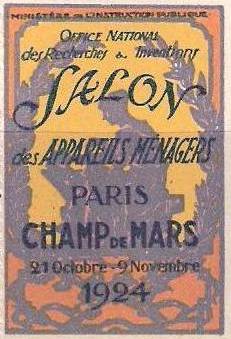
The Salon des arts ménagers was an annual exhibition in Paris of domestic appliances, furniture and home designs. It was first held as the Salon des appareils ménagers in 1923, with 100,000 visitors. By the 1950s each exhibition attracted up to 1.4 million visitors.
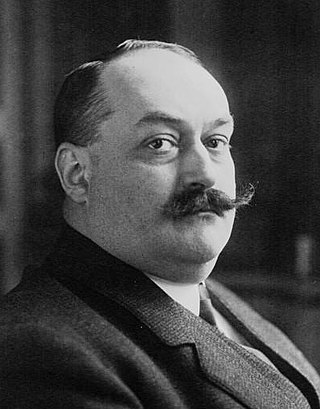
Paul Léon Jourdain was a French industrialist and politician who was a deputy from 1919 to 1927 and a senator from 1927 to 1944. He was Minister of Labor in 1919–21 and for a brief period in 1924. He was Minister of Pensions from 1925–26.

Marie-Louise Jaÿ was a French businesswoman who started work as a shop girl. With her husband Ernest Cognacq she created the La Samaritaine store in Paris, which grew into a chain of large department stores. Innovations included good lighting, clearly marked fixed prices, and allowing customers to pick out their own clothes and try them on before buying. The couple were active in philanthropic work, and gave out bonuses for large families during the population crisis that followed World War I (1914–18).
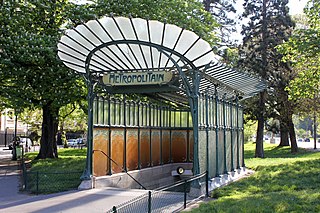
The Art Nouveau movement of architecture and design flourished in Paris from about 1895 to 1914, reaching its high point at the 1900 Paris International Exposition. with the Art Nouveau metro stations designed by Hector Guimard. It was characterized by a rejection of historicism and traditional architectural forms, and a flamboyant use of floral and vegetal designs, sinuous curving lines such as the whiplash line, and asymmetry. It was most prominent in architecture, appearing in department stores, apartment buildings, and churches; and in the decorative arts, particularly glassware, furniture, and jewelry. Besides Guimard, major artists included René Lalique in glassware, Louis Majorelle in furniture, and Alphonse Mucha in graphic arts, It spread quickly to other countries, but lost favor after 1910 and came to an end with the First World War.

Triple Stimulus Vouchers were a series of vouchers issued in response to the 2020 Coronavirus recession by the government of the Republic of China as part of its post-epidemic revitalisation of the business climate in the country, as the economy of Taiwan took a major hit from the global pandemic.
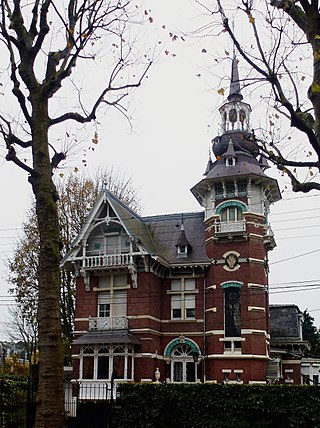
Victor Jean-Baptiste Mollet, usually simply Victor Mollet, was a French architect based in Lille. He was the first architect from the Nord–Pas-de-Calais region to receive a degree from the Ecole des Beaux-Arts in Paris, and became one of the more prominent exponents of regionalist architecture in northern France at the turn of the twentieth century.


















